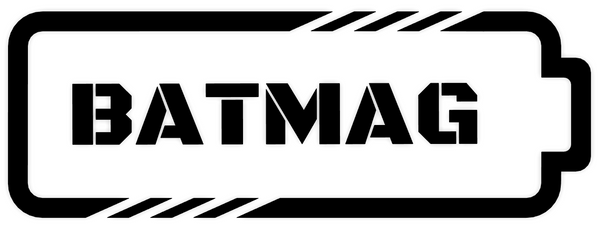Understanding Battery Usage and Drain: A Comparative Analysis of AA, AAA, and CR123A Batteries
This blog post delves into the characteristics of AA, AAA, and CR123A batteries, providing a comparative analysis and perspective to aid informed decision-making.
AA Batteries: The Workhorse of Household Devices
Typical Usage: AA batteries are ubiquitous in household electronics, ranging from remote controls, wall clocks, flashlights, and outdoor gear. Their popularity stems from their balance between size and capacity, making them suitable for devices with moderate to high power requirements.
Battery Drain and Performance: AA batteries generally offer a capacity of around 2000 to 3000mAh (depending on manufacturer), with alkaline AA batteries on the lower end and lithium AA batteries on the higher end. In devices with consistent power consumption, such as wall clocks, AA batteries can last several months. In more power-intensive devices (like digital cameras or flashlights), the battery life may be significantly shorter.
Pros and Cons:
- Pros: Widely available, cost-effective, and versatile.
- Cons: Larger size may not be suitable for compact devices.
AAA Batteries: Compact Power for Smaller Devices
Typical Usage: AAA batteries are often found in smaller devices that require less power, such as TV remotes, wireless mice, and certain medical devices. Their compact size makes them ideal for applications where space is limited.
Battery Drain and Performance: With a typical capacity of 600 to 1200 mAh, AAA batteries provide less energy than their AA counterparts. However, they are well-suited for low-drain devices, where their smaller size and lighter weight are advantageous. In low-power devices like remote controls, AAA batteries can last up to a year, whereas in higher drain applications, their lifespan is reduced.
Pros and Cons:
- Pros: Smaller size, suitable for compact devices, widely available.
- Cons: Lower capacity compared to AA batteries, may need more frequent replacements in high-drain devices.
CR123A Batteries: High Performance for Specialized Needs
Typical Usage: CR123A batteries are commonly used in high-drain devices such as cameras, tactical flashlights, and security equipment. They are favored in professional and industrial settings where reliable, high-energy output is critical.
Battery Drain and Performance: CR123A batteries boast a high capacity, typically around 1500 mAh, and deliver a higher voltage (3V) compared to AA and AAA batteries (1.5V). This makes them particularly effective in devices that require a significant power burst. Despite their higher capacity and energy output, their usage is often more specialized due to their higher cost and less common size.
Pros and Cons:
- Pros: High capacity, high voltage, excellent performance in high-drain devices.
- Cons: More expensive, less readily available, larger than AAA but smaller than AA.
To recap:
The choice between AA, AAA, and CR123A batteries hinges on the specific power needs and physical constraints of your devices:
- AA Batteries: Best for a wide range of household devices requiring moderate to high power. Ideal for users seeking a balance between capacity and size.
- AAA Batteries: Suited for compact, low-power devices. Optimal for applications where space is at a premium.
- CR123A Batteries: Perfect for high-drain, specialized devices. Offers superior performance but at a higher cost.
When paired with a battery dispenser, the right choice of batteries can significantly enhance your day-by-day. Selecting the appropriate battery type is essential for optimizing device performance and longevity. Whether you need the versatile power of AA batteries, the compact efficiency of AAA batteries, or the high-performance output of CR123A batteries, understanding their typical usage and drain patterns is key.

